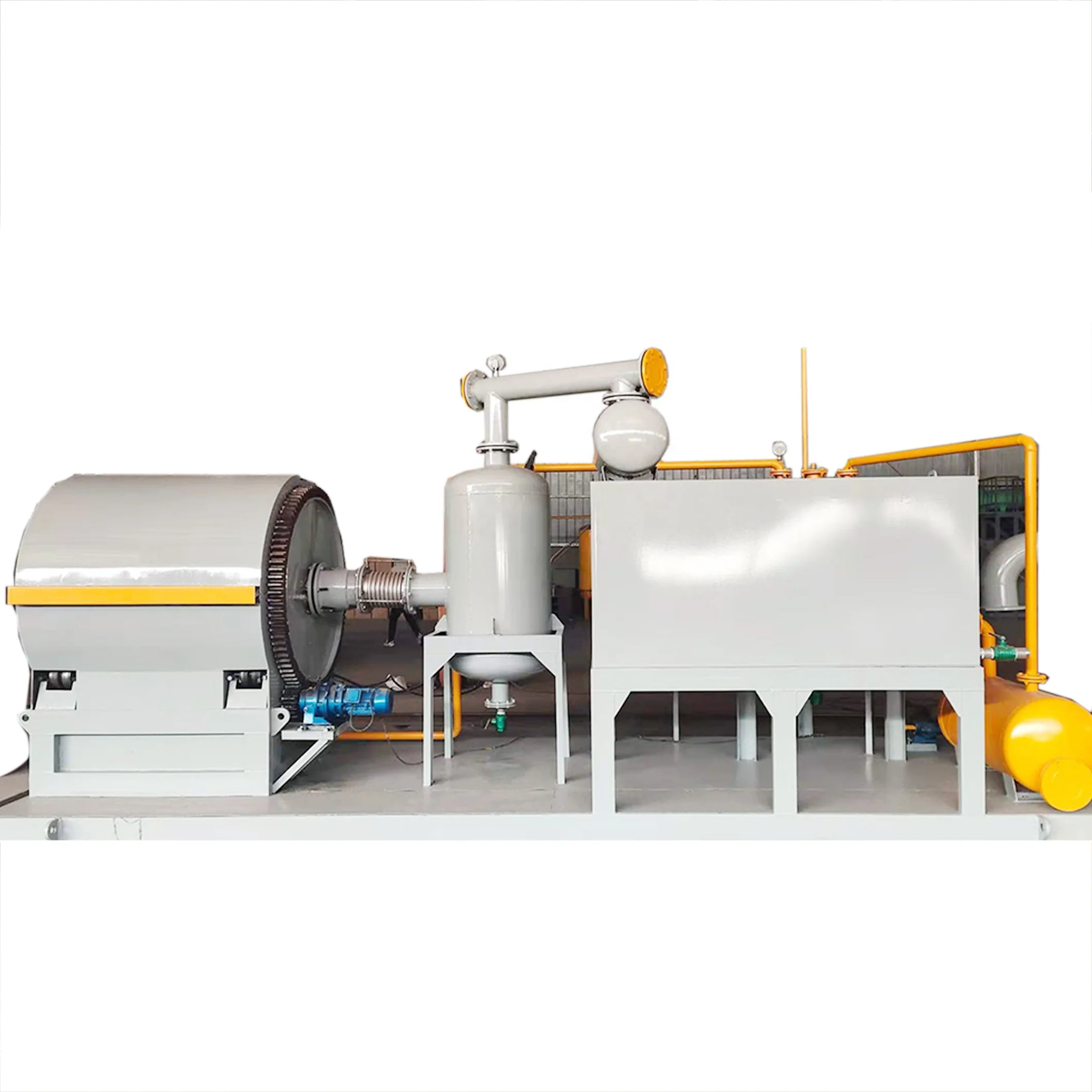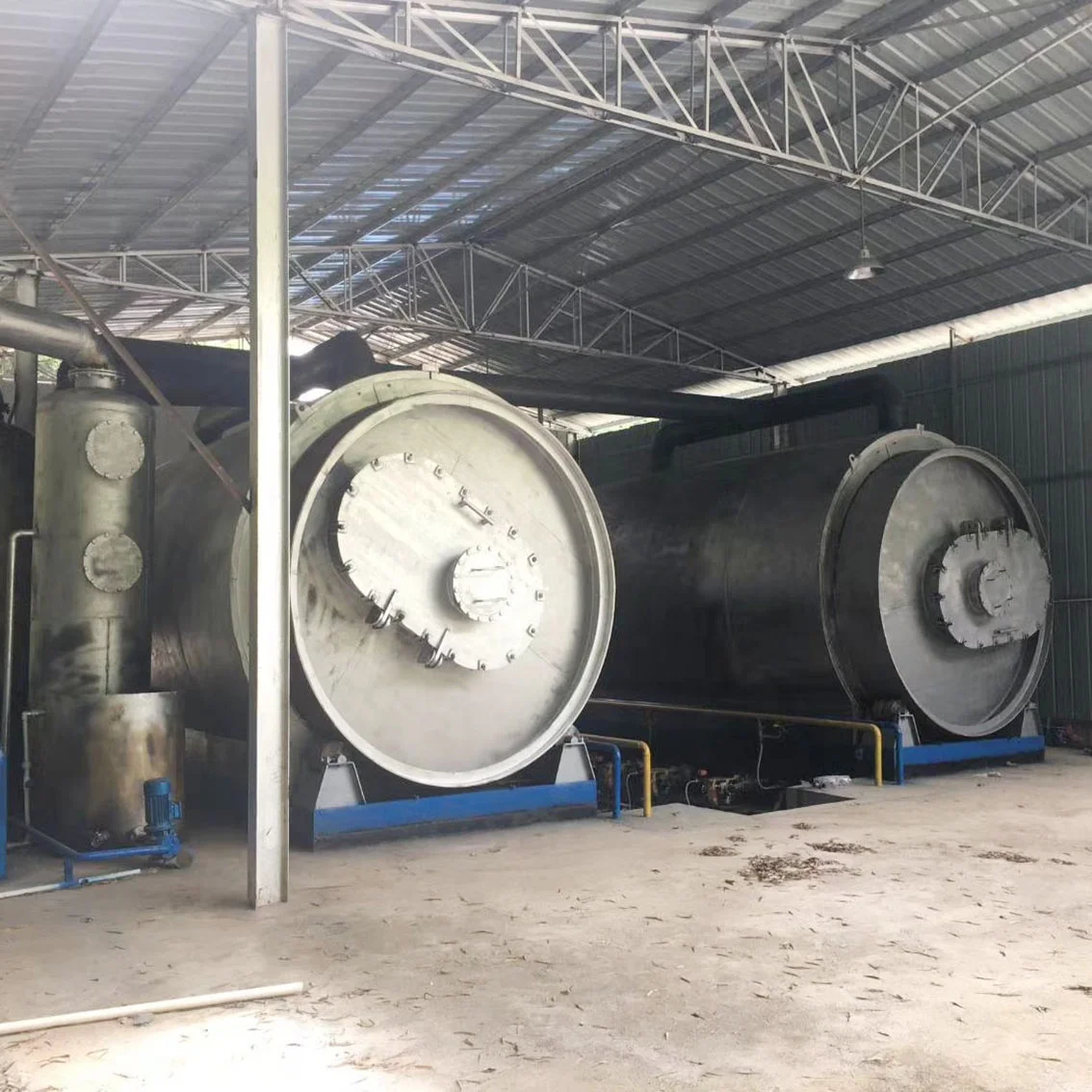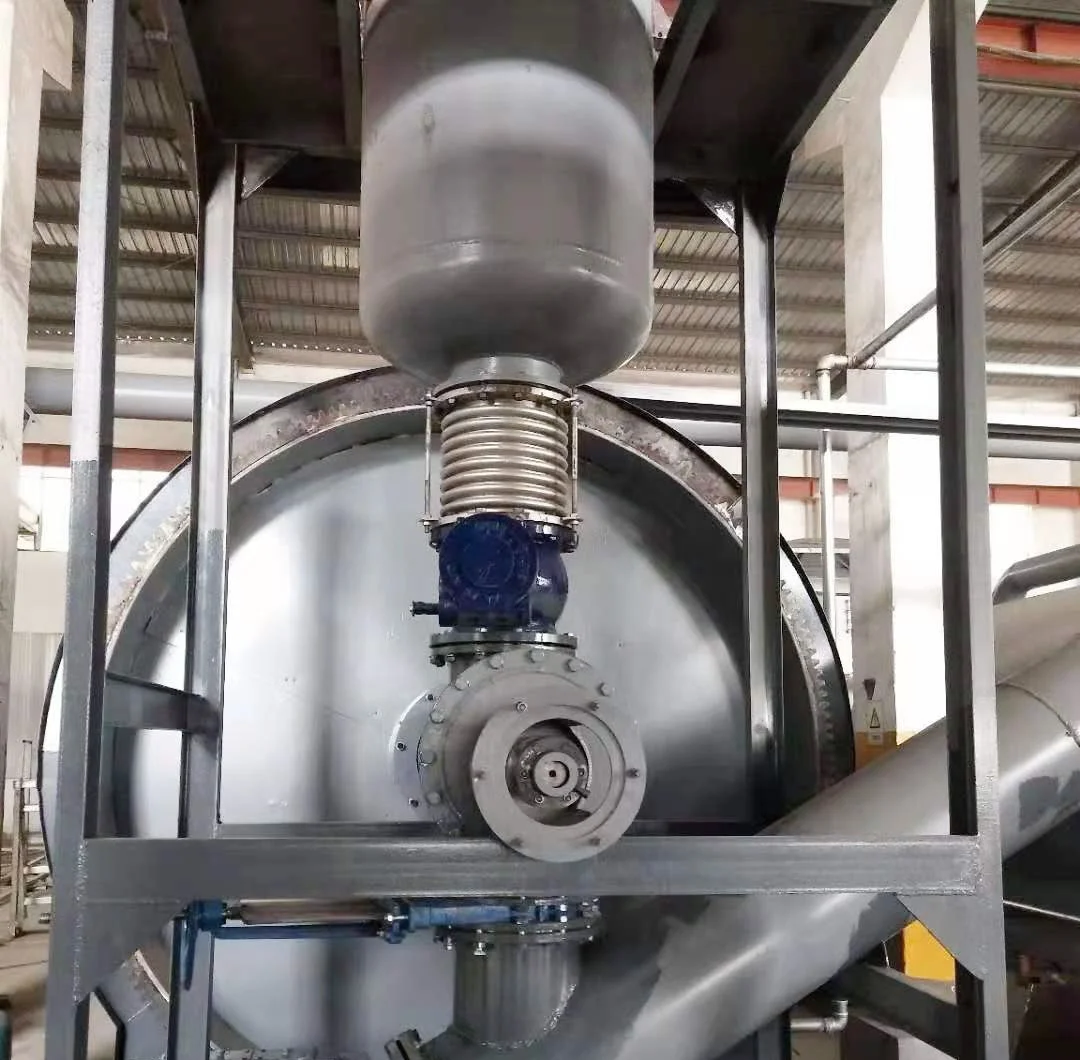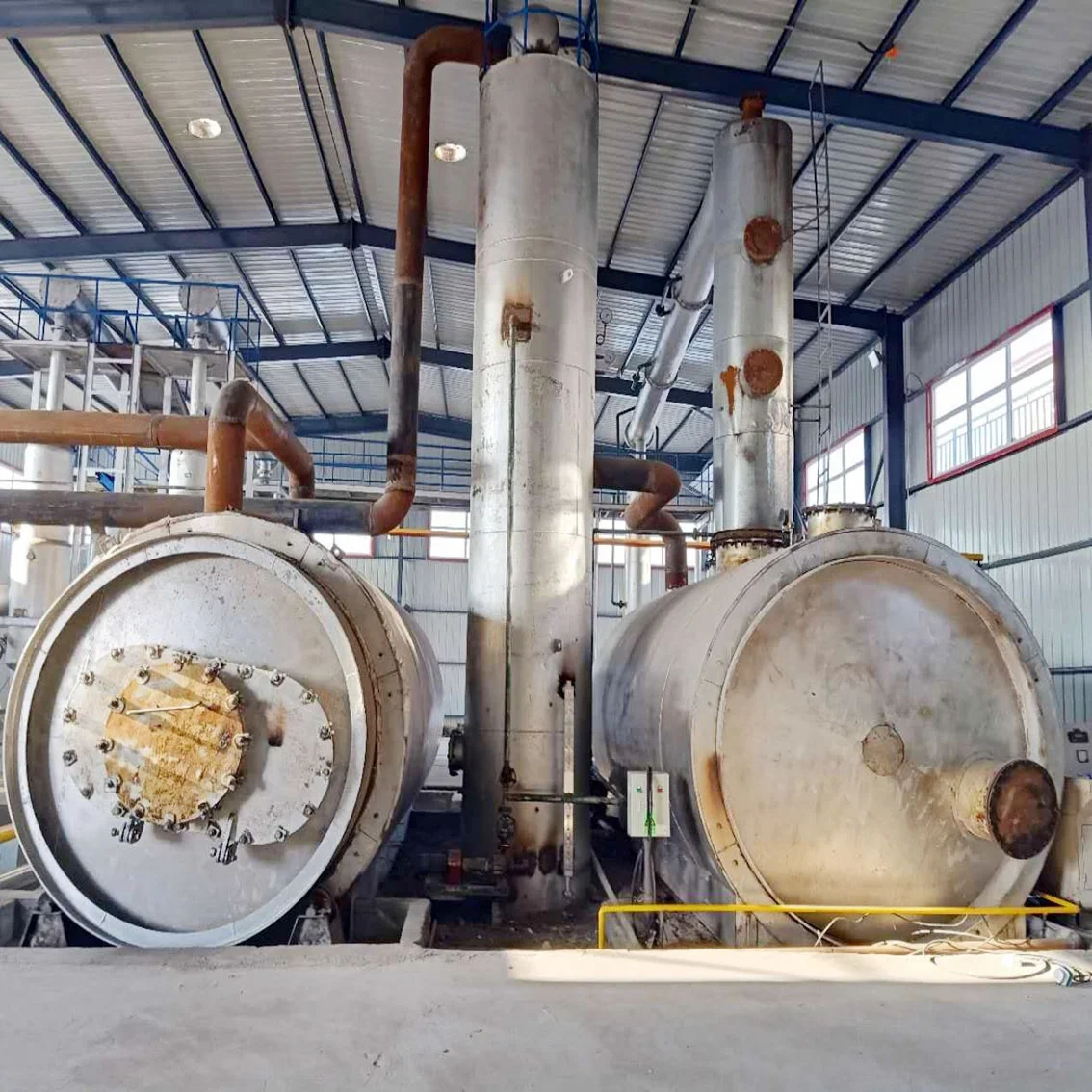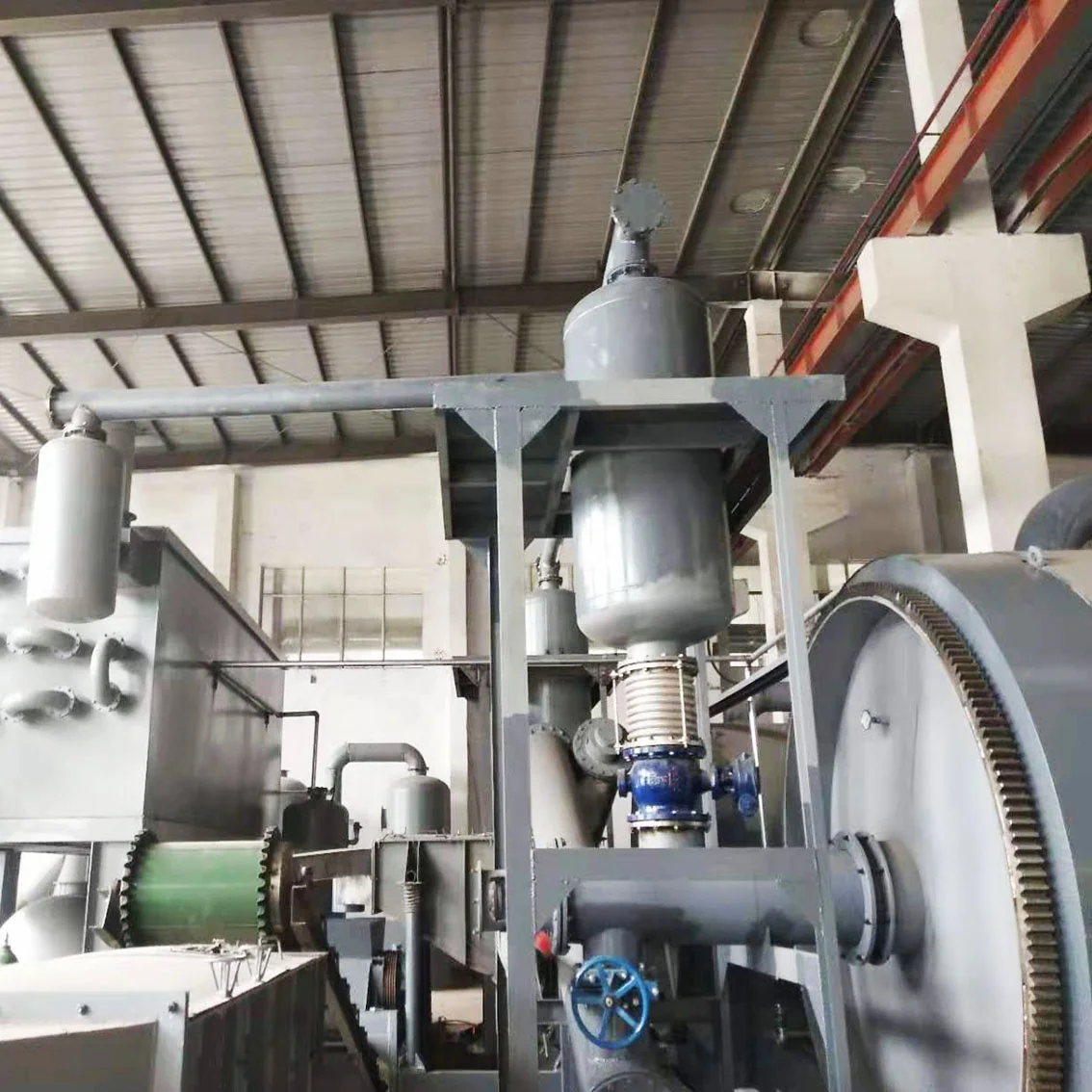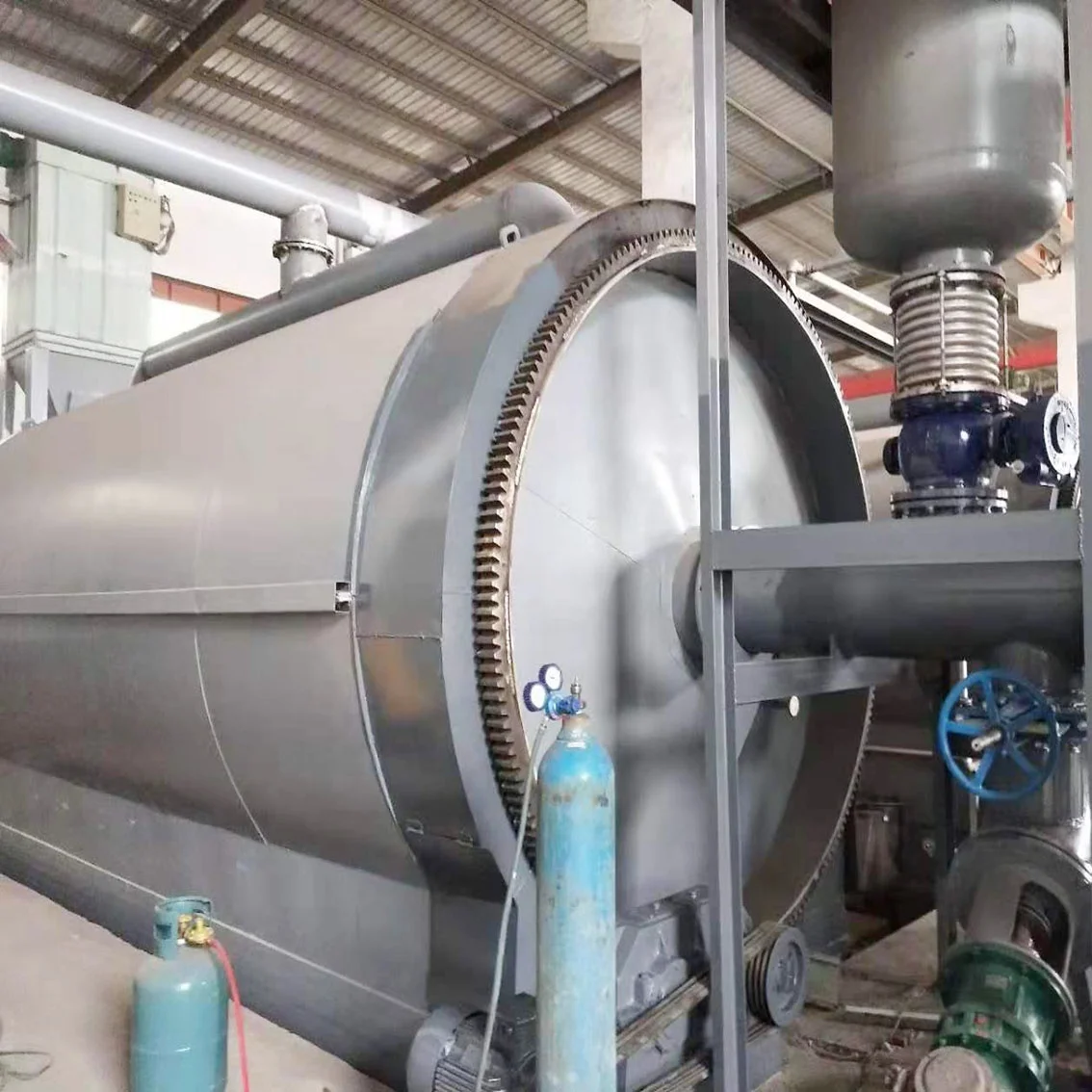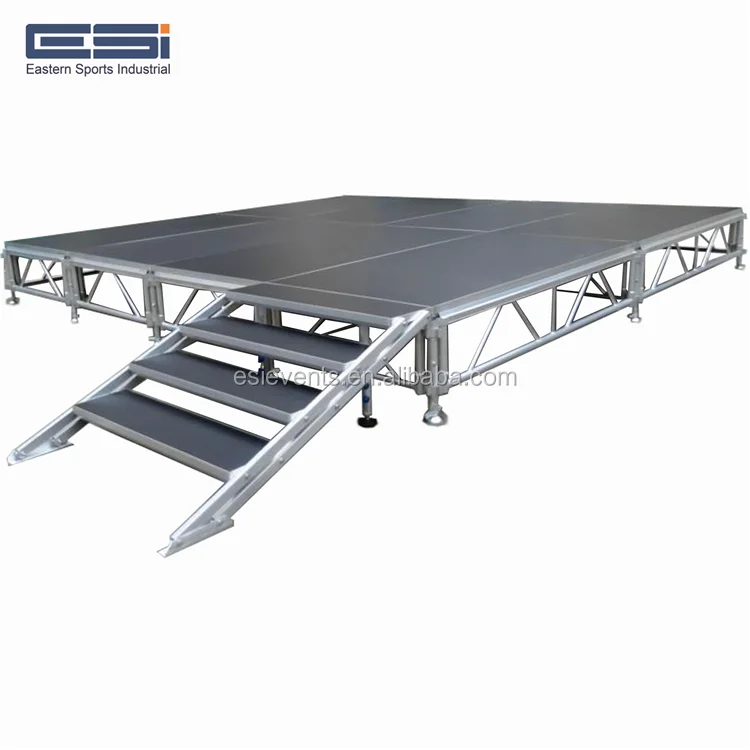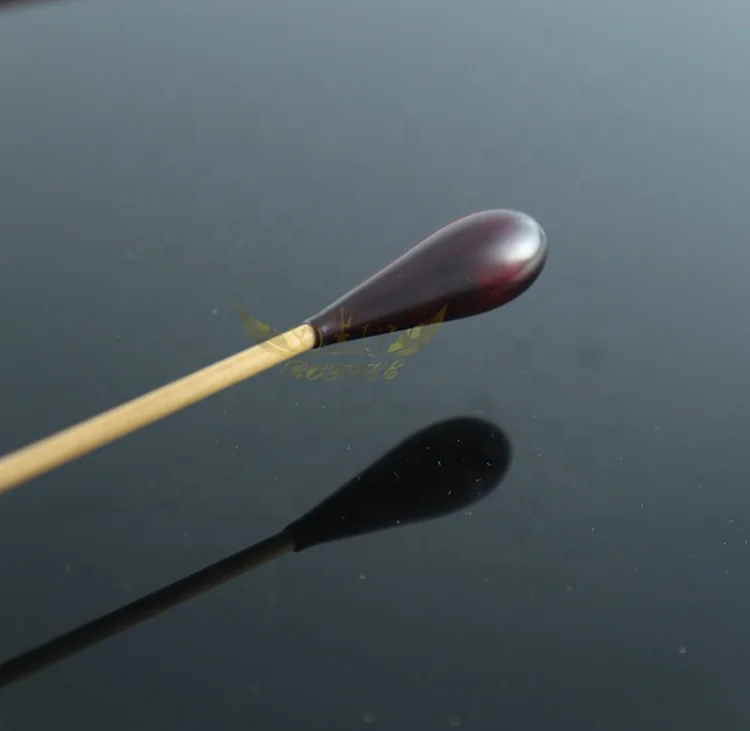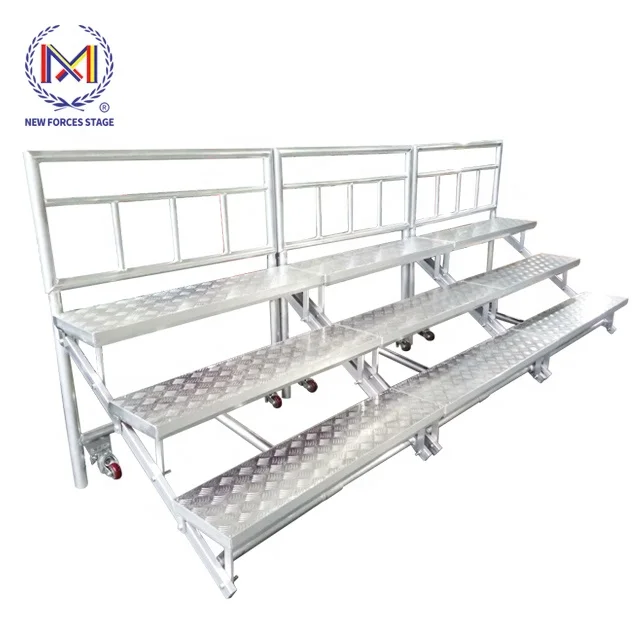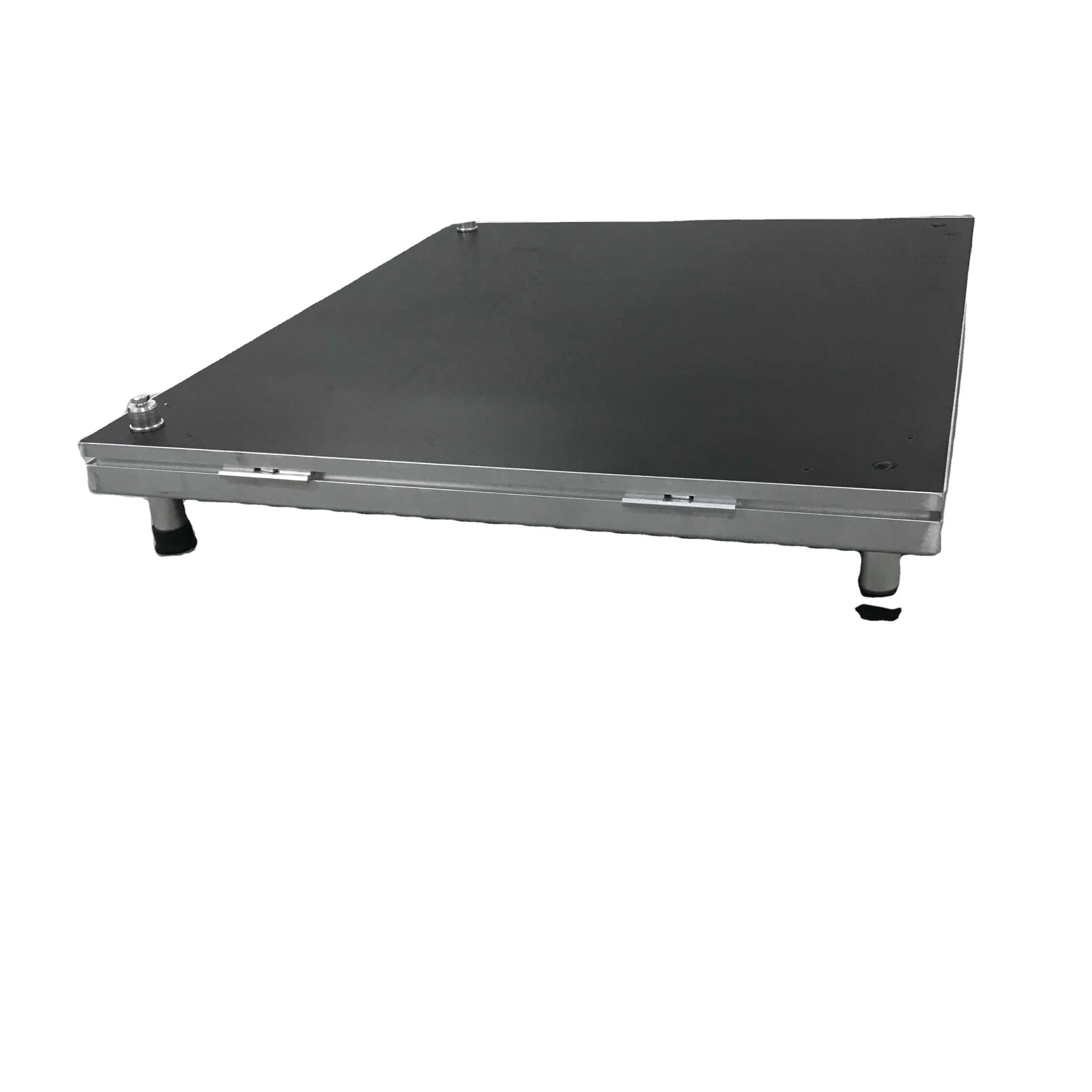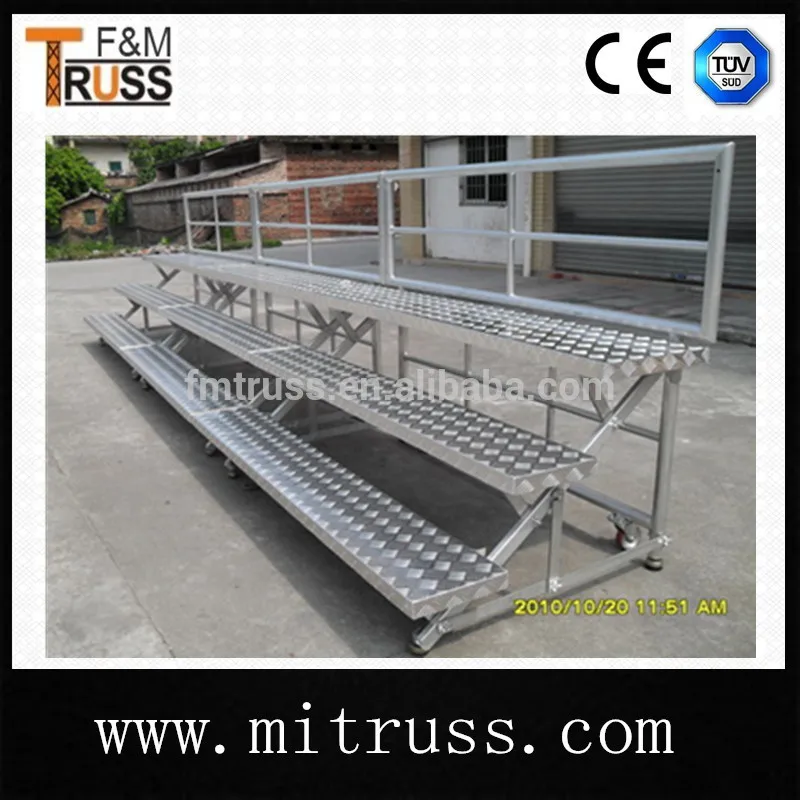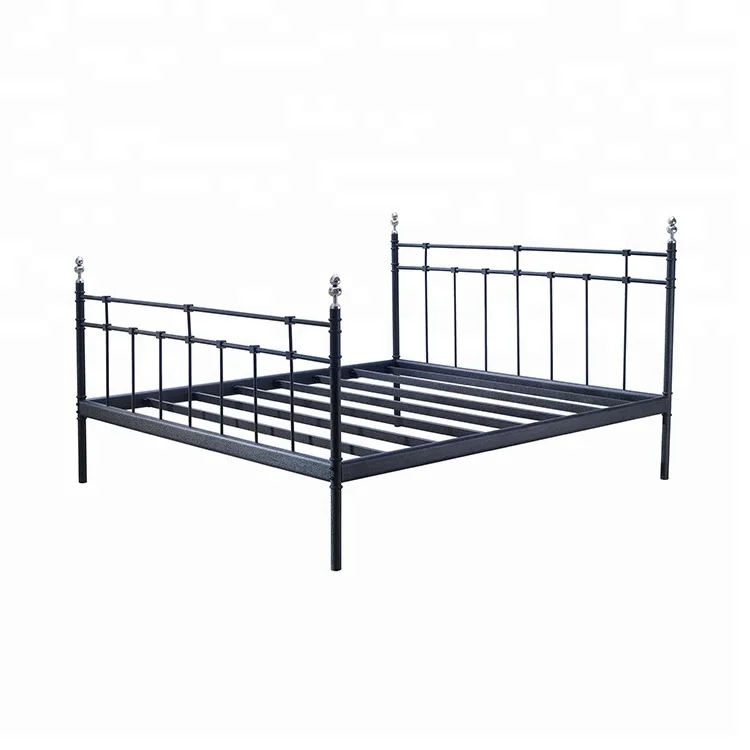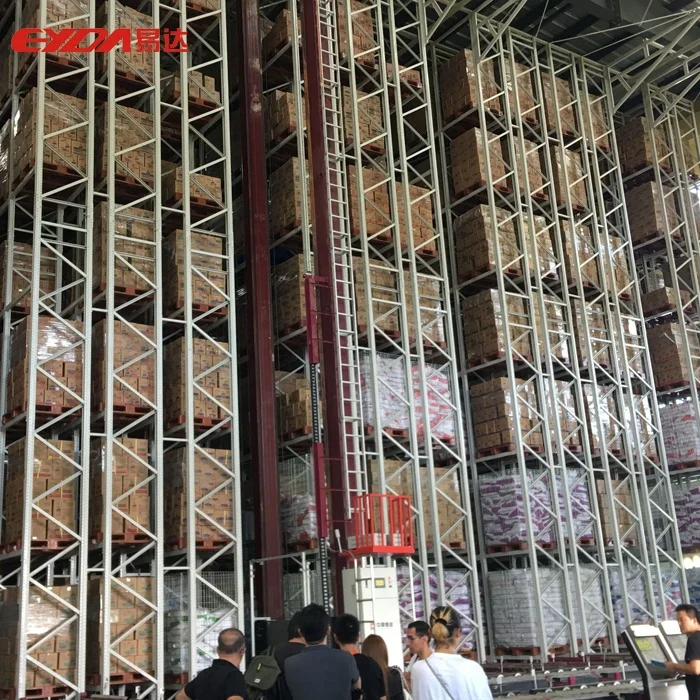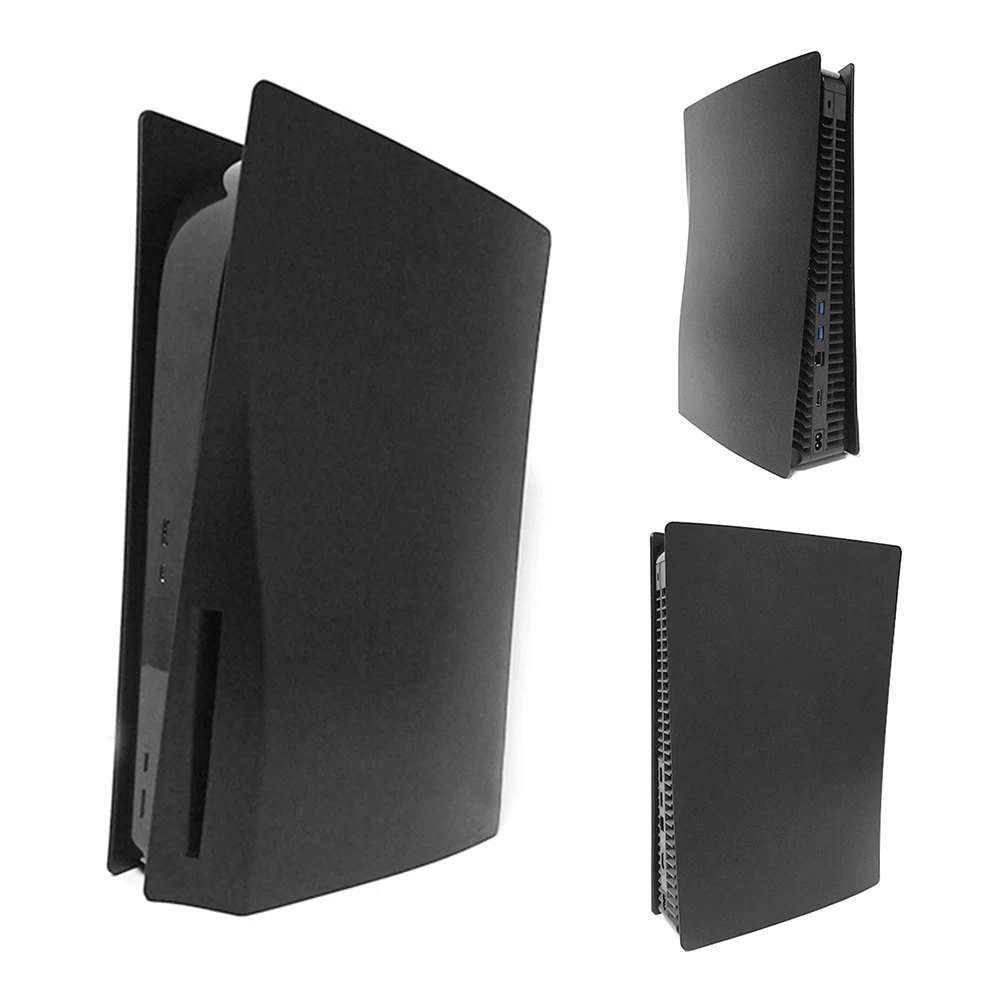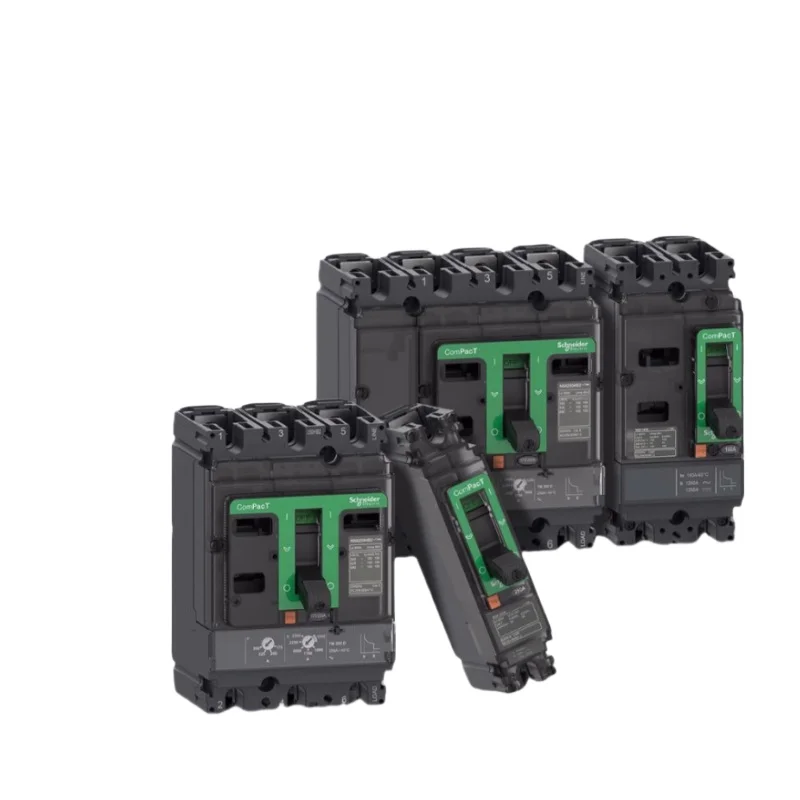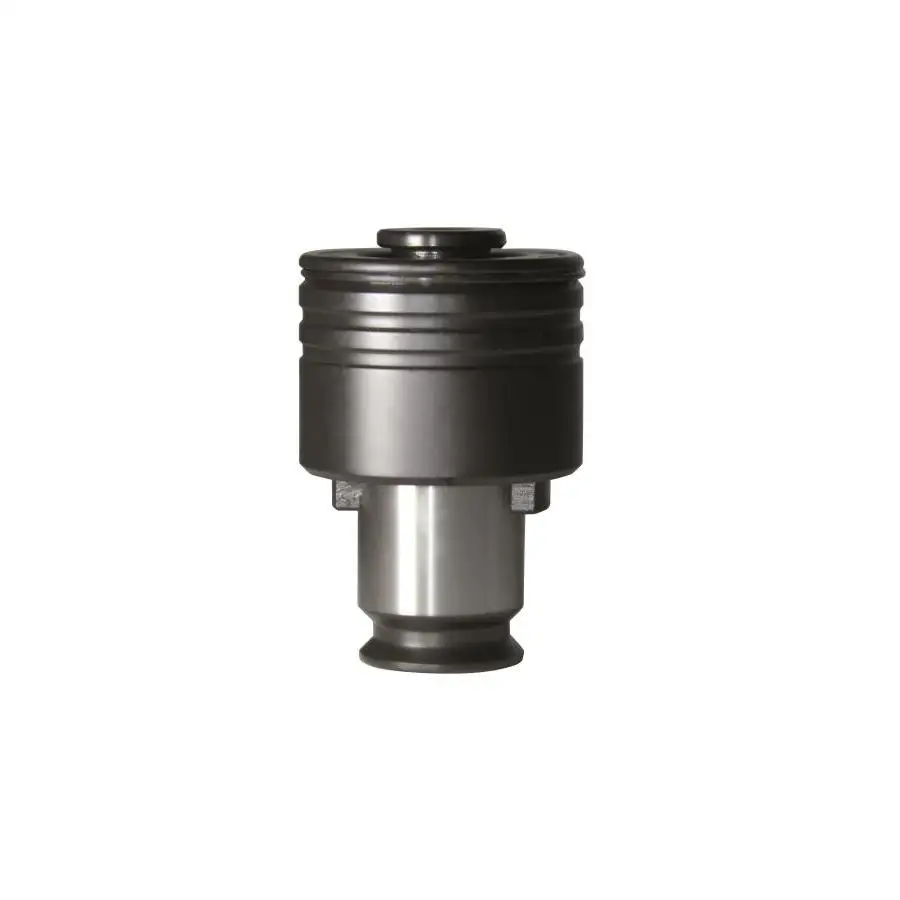Waste rubber pyrolysis machine waste plastic equipment sludge treatment
- Категория: >>>
- Поставщик: Shangqiu Zhongming New Energy Technology Co. Ltd.
Сохранить в закладки 1600357731365:
Описание и отзывы
Характеристики
Waste tire refining unit is used to recover waste tires as fuel oil. Compared with landfill and combustion, waste tire pyrolysis oil is a green technology and a better waste management method.
Low investment:
The cost of waste tire pyrolysis device is very low. Raw materials can use tires, waste plastics and waste rubber, which can be easily found from the garbage collection station. You can even get subsidies through the pollution caused by garbage in many countries.
Raw material:
Pyrolysis equipment can treat all kinds of waste plastics, including PP, PE, PS, ABS, rubber products, tires, circuit boards, etc.
High profit:
The pyrolysis unit will produce pyrolysis fuel oil, carbon black, steel wire, waste gas, etc. All products can be transformed into value.
| Oil yield of different raw materials | |||
| PE/Idpe/hdpe | 50%-75% |
House garbage |
35%-50% |
| PP | 50%-75% |
Plastic cable |
80% |
| PS | 50%-75% |
Plastic bag |
50% |
| Waste paper | Wet 15-20%, dry 60% |
Submarine cable |
75% |
| ABS | 40% |
Rubber cable |
35% |
Application of output products of pyrolysis unit:
Four kinds of products can be obtained from waste tire pyrolysis unit: fuel oil, carbon black, steel wire and non condensable gas. Fuel oil is widely used in iron and steel plants, heavy oil generator sets, cement plants, boiler heating and other industries. Carbon black can be made into particles for the manufacture of new rubber products. Steel wires can be sold to recycling stations or steel mills for remelting. The non condensable gas is recycled, and the pyrolysis reactor is heated to save energy.

Shangqiu Zhongming New Energy Technology Co., Ltd. integrates research, production, sales and after-sales service, and has rich experience in the field of waste management. Our products are mainly divided into two categories: pyrolysis unit and distiller. There are waste tire / rubber / plastic pyrolysis devices and waste oil distillation equipment.



Our advantages:
Feeding system

Pyrolysis reactor:

After the raw materials enter the cracking kettle through the hydraulic mechanical device, the cracking kettle is carbonized under the continuous heating environment. In the first two hours, diesel (or natural gas) is used as fuel to heat the cracking kettle. When the temperature reaches about 120 ℃, there is a reaction in the cracking kettle and non condensable gas is generated. As the temperature rises, the non condensable gas begins to provide heat to the cracking kettle to save fuel cost. Then, the cracking is basically completed when the temperature of the cracking kettle does not rise one by one and reaches about 400 ℃.
Flue gas dust removal:

During the pre heating treatment of non condensable gas, the gas gun and blower are used to fully burn it. During the combustion process, the harmful substances in the gas have been burned. In order to meet the environmental emission standard, the burned gas is further purified, and the atomization tower is used for primary dust removal and secondary atomization to meet the national emission standard.
Похожие товары
Лидер продаж Amazon, наружные водонепроницаемые светодиодные лампы-проекторы со звездами
Музыкальный инструмент ROFFEE philгармоническое общество Choral Baton с чехлом
Подвижная алюминиевая складная лестница для хора/платформа для хора/Подставка для хора
Недорогой флаг из 100% полиэстера, большой командный флаг команды Канзас-Сити, KC NFL 3x5, флаг для регби 32
Традиционные халаты Хорта/индивидуальное платье Евангелия
Уникальная подставка для оральной стойки для школ для детей
хор этапе хоровые стояка алюминиевый складной хор этапе
Новые поступления
Новинки товаров от производителей по оптовым ценам
